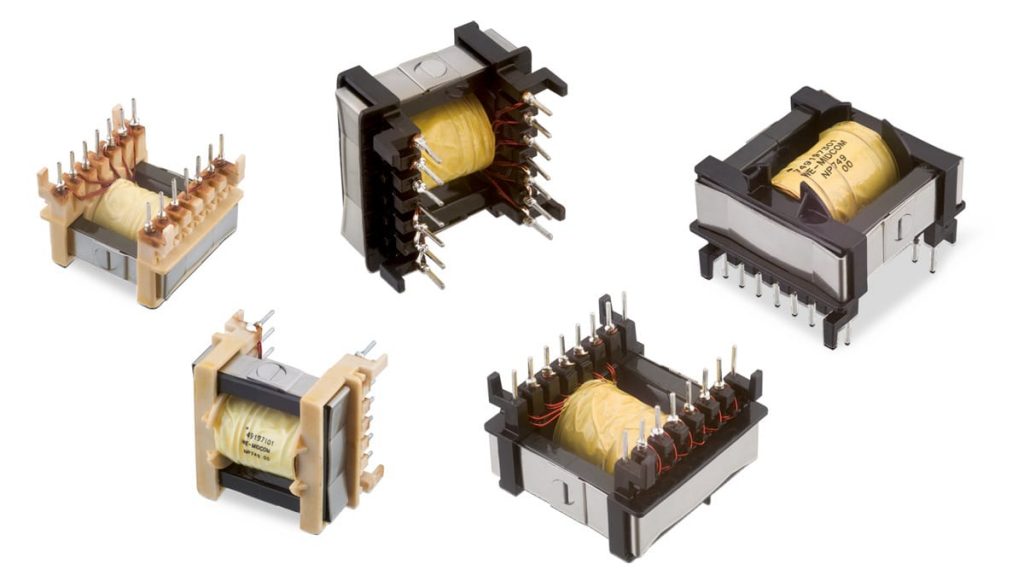Unveiling the Powerhouses: Exploring the Two Main Types of Three-Phase Transformers

Three-phase transformers play a crucial role in electrical power distribution systems, enabling efficient transmission and transformation of electricity. Understanding the different types of three-phase transformers is essential for engineers and technicians working in the field. In this article, we will delve into the intricacies of these powerhouses, exploring the two main types and their unique characteristics.
- Delta-Wye Transformer:
The Delta-Wye transformer, also known as the "Dy" transformer, is widely used in power distribution networks. It consists of three primary windings connected in a delta configuration and three secondary windings connected in a wye configuration. This arrangement allows for the transformation of high voltage, low current three-phase power to low voltage, high current power, or vice versa.
Key Features:
- Voltage Transformation: The Delta-Wye transformer provides a significant voltage step-up or step-down capability, making it suitable for various applications.
- Neutral Connection: The wye-connected secondary winding allows for the creation of a neutral point, which is essential for grounding and balancing loads in electrical systems.
- Harmonic Mitigation: The delta primary winding configuration helps suppress harmonics generated by non-linear loads, ensuring a cleaner power supply.
Applications:
- Industrial Power Distribution: Delta-Wye transformers are commonly used in industrial settings to distribute power to motors, machinery, and other equipment.
- Commercial Buildings: These transformers are also employed in commercial buildings to supply power to lighting systems, HVAC units, and elevators.
- Wye-Wye Transformer:
The Wye-Wye transformer, also referred to as the "Wy" transformer, is another prevalent type in three-phase power systems. It features three primary windings connected in a wye configuration and three secondary windings connected in a wye configuration as well. This arrangement allows for voltage transformation while maintaining a neutral connection.
Key Features:
- Voltage Transformation: Similar to the Delta-Wye transformer, the Wye-Wye transformer facilitates voltage conversion, making it suitable for various applications.
- Neutral Connection: The wye-connected primary and secondary windings enable the creation of a neutral point, ensuring proper grounding and load balancing.
- Phase Shift: The Wye-Wye transformer introduces a phase shift between the primary and secondary voltages, which can be advantageous in certain applications.
Applications:
- Residential Power Distribution: Wye-Wye transformers are commonly used in residential areas to distribute power to households, providing a safe and reliable electricity supply.
- Data Centers: These transformers are also utilized in data centers to supply power to servers, networking equipment, and cooling systems.
Conclusion:
In conclusion, understanding the two main types of three-phase transformers, the Delta-Wye and Wye-Wye transformers, is crucial for professionals in the electrical power industry. The Delta-Wye transformer offers voltage transformation capabilities, harmonic mitigation, and is widely used in industrial and commercial applications. On the other hand, the Wye-Wye transformer provides voltage conversion, neutral connection, and finds applications in residential and data center power distribution. By comprehending the unique features and applications of these transformers, engineers and technicians can design and maintain efficient and reliable electrical systems.


